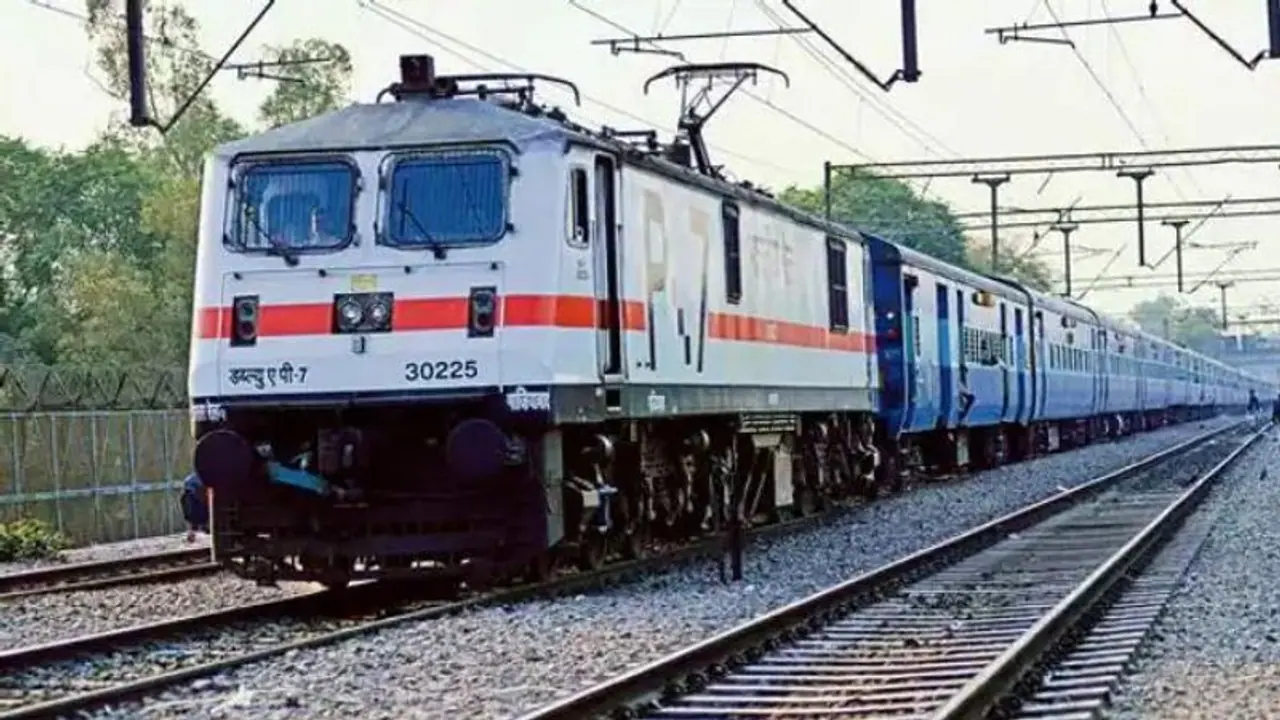This initiative is part of a larger plan to upgrade the Indian Railways, which aims to increase the availability of trains for passengers and goods by optimizing tracks and increasing the number of trips.
The Indian Railways is set to acquire new trains worth Rs 1 lakh crore in the coming years to meet the increasing demand for passenger travel, according to Union Railways Minister Ashwini Vaishnaw. The principal aim is to substitute the deteriorating rolling stock, necessitating the purchase of 7,000–8,000 new train sets. He stated that tenders for this will be released in the next four to five years.

According to reports, Vaishnaw said the procedure would entail floating train procurement tenders valued at almost Rs 1 lakh crore, with the replacement of the ageing rolling equipment taking place over the course of the following 15 years.
The initiative is a part of a bigger push to modernise the Indian Railways, which seeks to increase the number of journeys and optimise lines in order to boost the availability of trains for both passengers and cargo.
In order to remove waiting queues, Indian Railways intends to add 3,000 extra train rides per day to its current 10,754 daily schedule. In comparison to the years before to COVID-19, the Railways have already added 568 trips. This makes it possible to transport 700 crore passengers a year, with plans to increase that figure to 1,000 crore by 2030. According to the minister, waitlisting in the passenger category must be removed by the end of the decade, with the exception of months with high demand. This will need a 30% increase in the number of journeys.
The proposed train procurement orders will include maintenance contracts and conditions mandating that they be manufactured in India, utilizing the existing railway infrastructure. Vaishnaw further emphasized that an investment of nearly Rs 12 lakh crore will be required in the Indian Railways to cater to the current level of economic growth by 2030.
